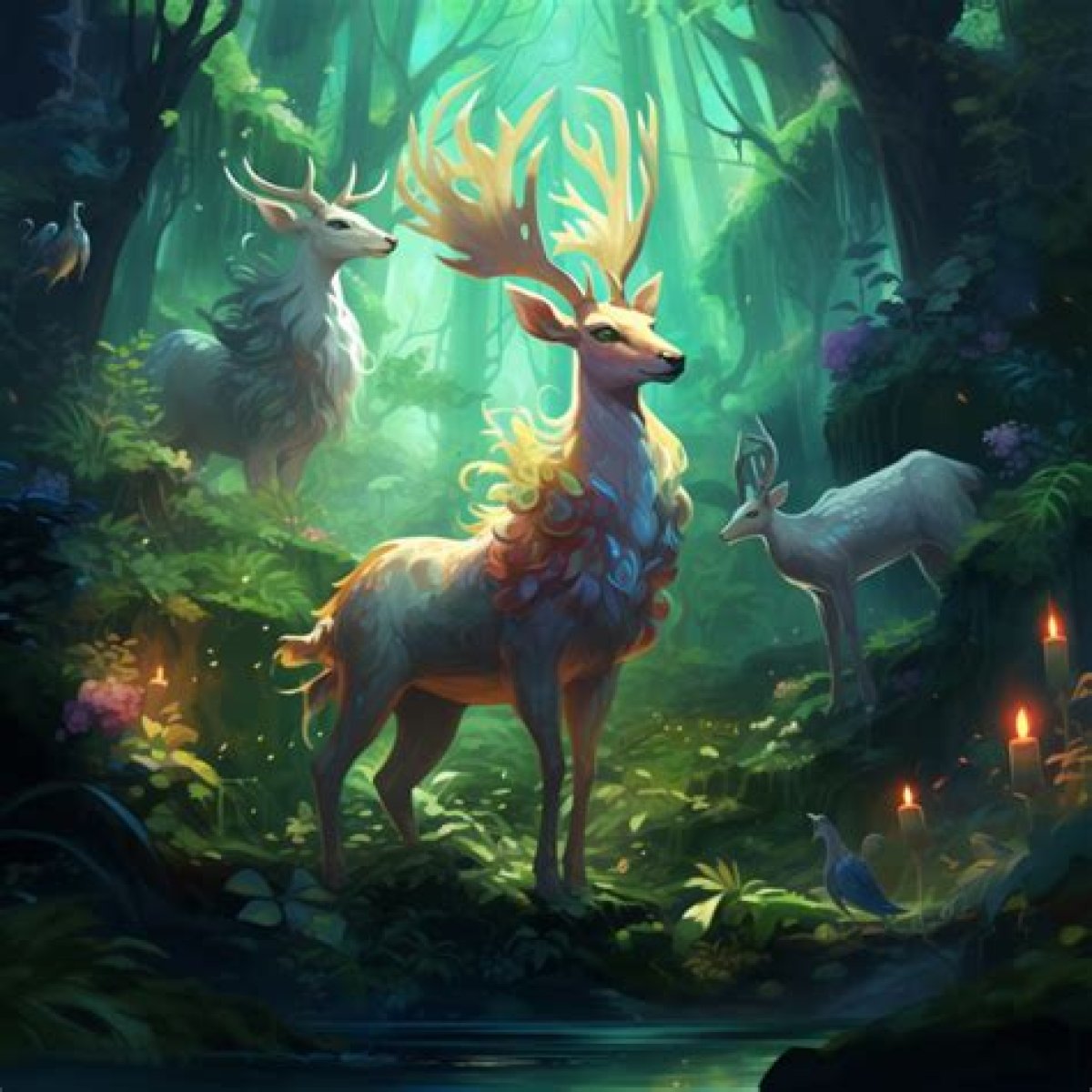Red animals are a captivating part of the natural world, embodying a vibrant hue that captures the attention of nature enthusiasts and casual observers alike. These animals, ranging from the tiny ruby-throated hummingbird to the majestic red fox, play essential roles in their ecosystems. In this article, we will explore various red animals, their habitats, behaviors, and the significance of their striking coloration.
The color red often symbolizes danger, passion, and vibrancy, and in the animal kingdom, it serves various purposes. Some species utilize their red coloration as a warning to predators, while others use it for mating displays or camouflage in their environments. Understanding the diversity of red animals can deepen our appreciation for wildlife and the complex interactions that sustain life on Earth.
Join us as we dive into the world of red animals, discovering their unique traits, habitats, and the ecological roles they play. This comprehensive guide will not only inform you about these fascinating creatures but also instill a sense of wonder about the natural world.
Table of Contents
Biography of Red Animals
Red animals can be found across various species, each adapted to their environment in unique ways. Their vibrant color can be attributed to pigments in their skin, feathers, or fur, which play significant roles in their survival. Below is a table summarizing some notable red animals.
| Animal | Scientific Name | Habitat | Diet |
|---|---|---|---|
| Red Fox | Vulpes vulpes | Forests, grasslands | Omnivore |
| Scarlet Macaw | Ara macao | Tropical rainforests | Herbivore |
| Ruby-throated Hummingbird | Archilochus colubris | North American gardens | Nectar, insects |
| Red Panda | Ailurus fulgens | Temperate forests | Herbivore |
Types of Red Animals
Red animals can be categorized into several groups based on their characteristics and habitats. Here are some notable types of red animals:
1. Mammals
- Red Fox: Known for its bushy tail and cunning behavior, the red fox is a widespread species found in various habitats.
- Red Panda: This adorable creature is native to the eastern Himalayas and southwestern China and is known for its striking red and white fur.
2. Birds
- Scarlet Macaw: A large, colorful parrot known for its vibrant red and blue feathers, found in tropical rainforests.
- Cardinal: A common bird in North America, cardinals are easily recognizable by their bright red plumage.
3. Reptiles
- Red-Eared Slider: A popular pet turtle, it is easily identifiable by the red stripe behind its eyes.
- Coral Snake: This venomous snake is known for its bright red, yellow, and black banding, serving as a warning to potential predators.
4. Fish
- Clownfish: Famous for its bright orange and red coloration, clownfish are found in warm ocean waters.
- Betta Fish: Commonly kept as pets, betta fish come in various colors, including vibrant reds.
Habitats of Red Animals
Red animals inhabit diverse ecosystems, from lush rainforests to arid deserts. Understanding their habitats is crucial for conservation efforts and appreciating their roles in the ecosystem.
- Tropical Rainforests: Home to species like the scarlet macaw and red panda, these forests are rich in biodiversity.
- Grasslands: The red fox thrives in open areas where it can hunt and forage.
- Gardens and Urban Areas: Ruby-throated hummingbirds are often seen in gardens, feeding on nectar from flowers.
Behavior of Red Animals
Each species exhibits unique behaviors that are often linked to their red coloration. These behaviors can include mating rituals, territorial displays, and feeding habits.
- Mating Displays: Many red animals utilize their coloration to attract mates, with vibrant colors signaling health and vitality.
- Territorial Behavior: Red foxes, for instance, mark their territory with scents and vocalizations to ward off competitors.
Ecological Role of Red Animals
Red animals play vital roles in their ecosystems, contributing to biodiversity and ecological balance. Here are some key contributions:
- Pollinators: Many red birds, such as hummingbirds, are important pollinators, aiding in plant reproduction.
- Prey and Predators: Red animals often serve as prey for larger carnivores, while also controlling populations of smaller animals.
Conservation Status of Red Animals
Many red animals face threats from habitat loss, climate change, and poaching. Conservation efforts are essential to ensure their survival. Here are some ways to help:
- Support Conservation Organizations: Donate to or volunteer with organizations dedicated to wildlife preservation.
- Educate Others: Raising awareness about the importance of red animals can foster greater public support for conservation initiatives.
Famous Red Animals
Some red animals have gained fame through popular culture or unique characteristics. Here are a few notable examples:
- Clifford the Big Red Dog: A beloved children's character that highlights the charm of large, red animals.
- Elmo from Sesame Street: While not a real animal, Elmo's bright red color has made him an iconic character loved by children worldwide.
Conclusion
Red animals are a vibrant and essential part of our planet's biodiversity. From the striking plumage of birds to the bold fur of mammals, these creatures captivate our imagination and play critical roles in their ecosystems. By understanding and appreciating red animals, we can contribute to their conservation and ensure they continue to thrive in the wild.
If you enjoyed this article, please leave a comment below, share it with friends, or explore more articles on our site to discover the wonders of wildlife.
Final Thoughts
We hope this exploration of red animals has inspired you to learn more about the natural world. Remember, every species plays a part in the intricate web of life, and together we can work towards a more sustainable future for all creatures.
Unveiling The Life Of Vivian Liberto: The Woman Behind Johnny CashBaddie Comebacks: The Ultimate Guide To Slaying Your CriticsExploring The World Of Funny Characters: A Deep Dive Into Humor And Impact
